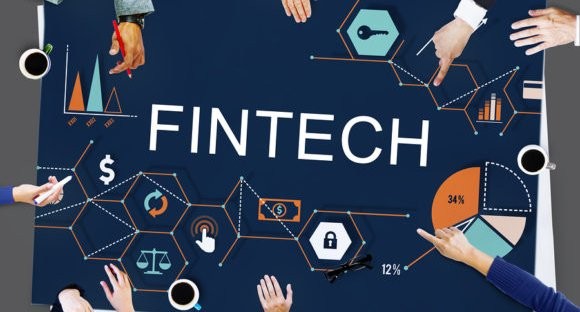The recent shutdown of banking-as-a-service provider Synapse has highlighted vulnerabilities in the digital banking ecosystem that have impacted thousands of customers. Synapse’s collapse has frozen an estimated $158.6 million in deposits from fintech users, leaving many scrambling to access their funds. This article will examine how Synapse’s troubles unfolded and the ongoing ramifications for banking consumers.
Synapse operated a popular platform that allowed other fintech firms like payment processors and payroll providers to integrate banking functionality into their offerings. However, the San Francisco-based startup ran into difficulties last year, initiating rounds of layoffs as economic conditions deteriorated. In April 2024, Synapse filed for Chapter 11 bankruptcy protection while attempting to sell its assets, though a potential acquisition fell through weeks later. Forced to liquidate entirely under Chapter 7, Synapse left countless partner fintechs and their customers high and dry.
The fallout was substantial. Reports indicate around 100 fintechs and an estimated 10 million end users were ultimately impacted by Synapse’s demise. Companies relying on Synapse, such as payroll provider Copper, were forced to abruptly discontinue banking products, stranding untold families without access to deposits. To date, a court-appointed trustee continues working to reconcile an outstanding $158.6 million owed to affected users, though over $65 million remains unaccounted for.
Lawmakers have grown increasingly concerned by the unfolding debacle. In early July, a bipartisan group of Senators urged those involved to restore customers’ access to funds as soon as possible. While the long-term resolution process continues, this incident highlights the risk concentrated in the emerging digital banking sphere. When key providers encounter significant troubles, millions of consumers can find their finances frozen in an instant through no fault of their own. As such systems expand further, increased regulatory oversight and consumer protections may be needed to curtail vulnerability and safeguard users from similar fallout down the road.


